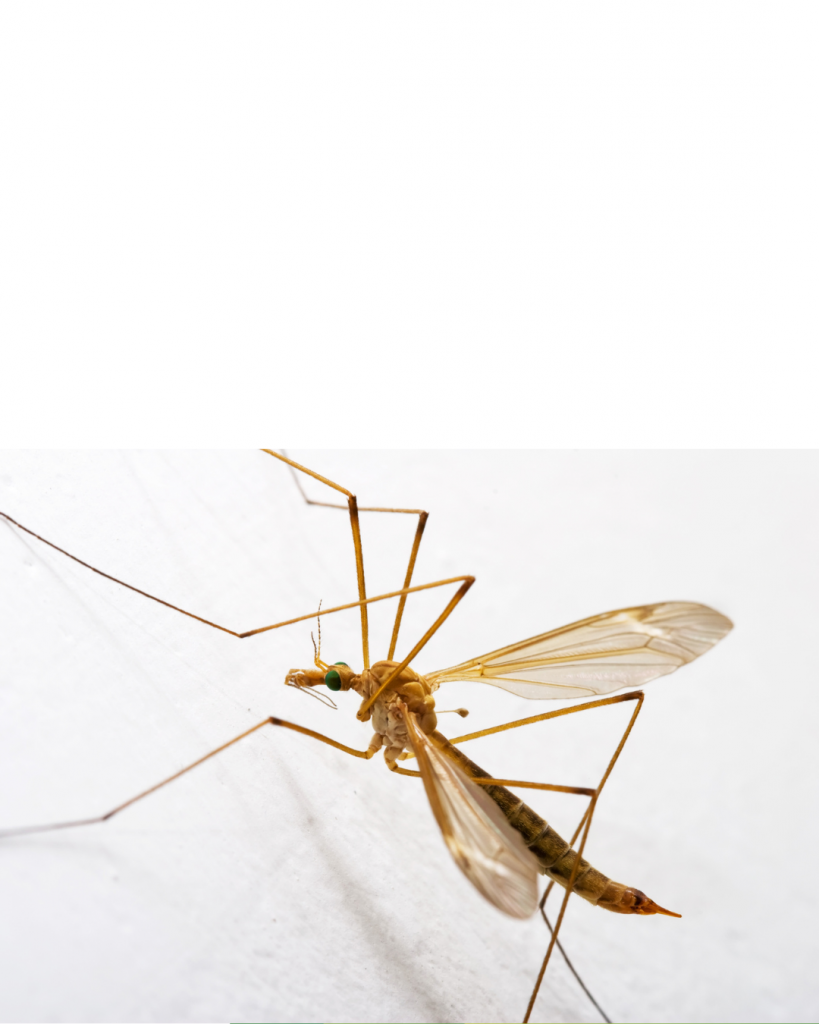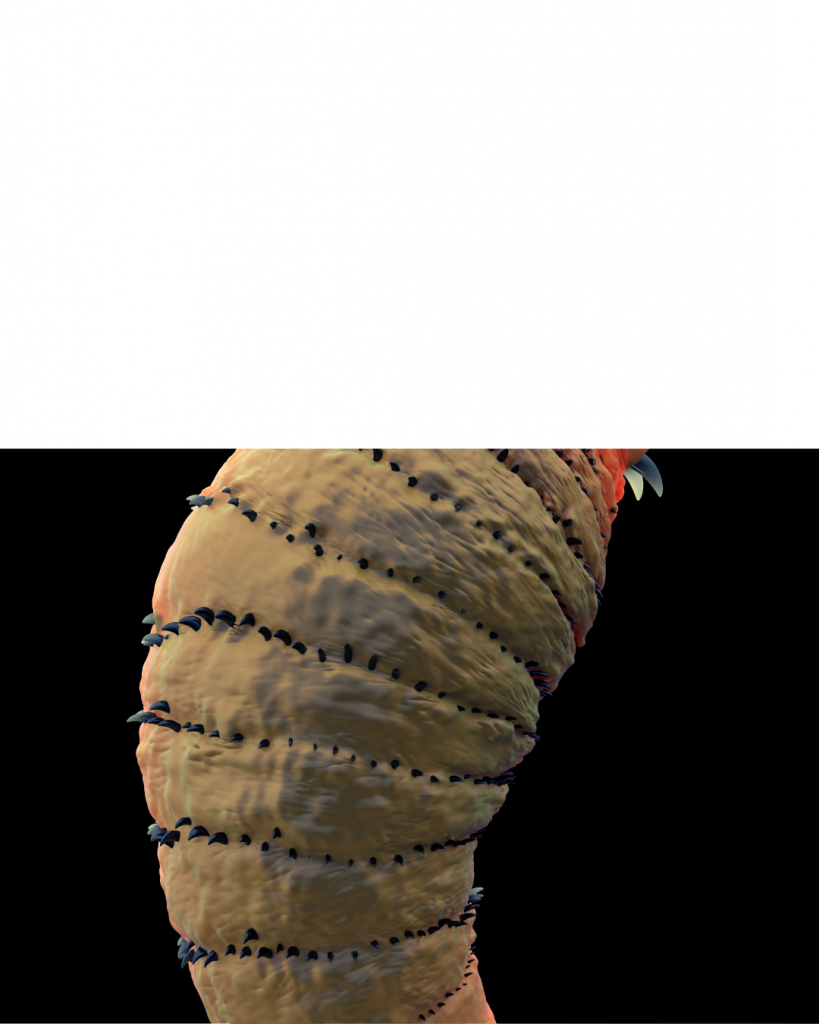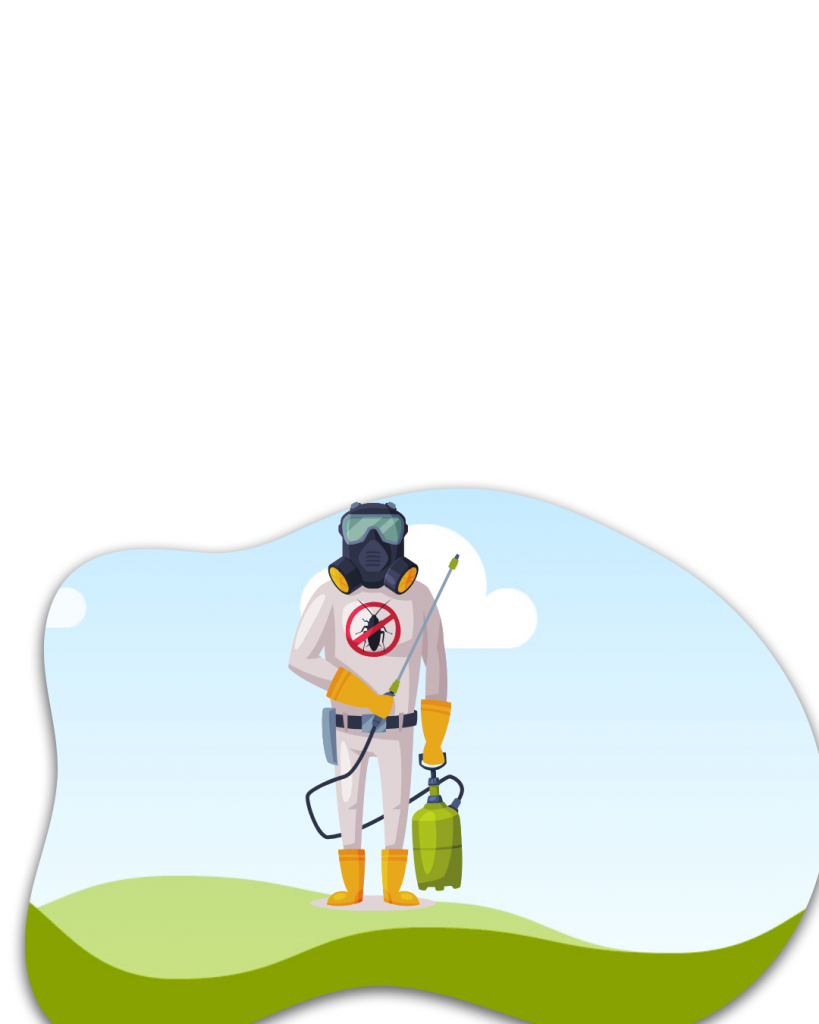European Crane Fly Fun Facts
The European Crane Fly is a notable insect recognized by its large size and mosquito-like appearance which often attracts attention. Although harmless to humans, its larvae pose a significant threat to agriculture and gardening. Known scientifically as Tipula paludosa, this insect is widespread throughout Europe and has made its way to other parts of the world, including North America. It is in gardens and farms that these larvae can cause significant damage. Their primary purpose during their short adult life cycle is to mate and lay eggs. Effective management and control of crane fly populations are essential to mitigate the damage caused by the larvae. Integrated Pest Management (IPM) strategies are often employed to control these pests in an environmentally friendly way. Understanding the European Crane Fly and its lifecycle is crucial for identifying and managing this insect.
European Crane Fly Characteristics

The European Crane Fly stands out due to its distinctive appearance, which is often confused with that of a large mosquito. These insects are usually between 0.5 to 1 inch long and boast a wingspan of around 1.5 inches. Their legs are long and thin, contributing to their somewhat awkward appearance. The body color can range from grayish to brown, making them blend into their natural environments. One of the most notable differences between crane flies and mosquitoes is their mouthparts. Unlike mosquitoes, crane flies lack the necessary structures to bite or feed on blood making them harmless to humans, despite their intimidating size. Crane fly wings are more translucent and lack the scales typically found on mosquito wings. This gives their wings a more delicate, gossamer-like appearance when observed up close. Flight behavior is another way to tell these insects apart. Crane flies are not agile fliers and often appear clumsy in the air. Their erratic flight pattern can be a quick visual clue for identification. The physical structure of the European Crane Fly serves specific functions, particularly in their mating and egg-laying activities. The long legs, for example, help them navigate through tall grasses and vegetation, which are preferred sites for laying eggs. These legs also assist them in staying above ground moisture, which is crucial for their survival during their brief adult life stage.
European Crane Fly Lifecycle and Habitat

The life cycle of the European Crane Fly is quite fascinating. The adult crane fly’s primary focus is reproduction. They have a short lifespan in their adult form, during which they do not feed. Their entire energy is devoted to finding a mate and laying eggs in suitable environments. The adult crane flies emerge from the soil in late summer and early fall, where they mate and lay eggs within days. These eggs hatch into larvae, also known as leatherjackets, which become active feeders in the soil. The larvae thrive in the top layers of soil, feeding on the roots, root hairs, and crowns of various plants. This feeding behavior can stunt plant growth or even lead to the death of the plants. They have a particular preference for a variety of crops, including vegetables, fruits, cereals, pasture, lawn grasses, and ornamental plants. Typical environments for the European Crane Fly include moist and well-irrigated areas where the soil remains soft enough for the larvae to burrow and feed. This makes regions with frequent rainfall and extensive agricultural activity ideal habitats for these insects. Proper identification and timely management practices are the key to mitigating the negative effects of crane fly larvae on plant health.
European Crane Fly Management and Control

Managing and controlling the population of European Crane Flies effectively requires a comprehensive approach that combines monitoring, direct intervention, and preventive measures. Integrated Pest Management (IPM) strategies are often employed to address this issue in a manner that minimizes environmental impact. This is why it is important to contact a professional, Martin’s Pest Control to help with the management and control. There are several strategies that need to be implemented. One key aspect is to regularly monitor adult crane fly populations. This can be achieved by using traps or simply observing the number of flies in a given area during their active periods in late summer and early fall. When the population exceeds acceptable thresholds, targeted insecticide applications can be used to reduce their numbers. These insecticides should be applied carefully to minimize harm to beneficial insects and other non-target organisms. Soil aeration is another effective method to manage crane fly larvae. By regularly aerating the soil, you can disrupt the larvae’s habitat, making it harder for them to thrive. This is particularly useful in lawns and gardens where the larvae can cause significant damage. Maintaining healthy, well-drained soil can make your garden or field less attractive to crane flies. Avoid overwatering and ensuring proper drainage can reduce the moisture levels in the soil, making it less conducive for egg-laying and larval development. Similarly, keeping grass cut short can deter adult crane flies from laying eggs, as they prefer taller, denser vegetation. Proper fertilization is also important. Healthy plants are more resilient to damage caused by feeding larvae. Adding organic matter such as compost can improve soil structure and fertility, supporting robust plant growth that can better withstand pest pressure. Balanced fertilization ensures that plants receive the necessary nutrients, further enhancing their ability to cope with potential damage. Natural predators such as birds, nematodes, and certain types of beetles can help keep crane fly populations in check. Encouraging these natural predators by creating a habitat that supports their presence can provide a long-term, sustainable solution to managing crane flies. In some cases, mechanical control methods may be useful. For example, using a thatch rake to remove excessive thatch in lawns can help eliminate hiding spots for crane fly larvae. Similarly, tilling the soil in agricultural fields can expose and kill the larvae, reducing their numbers before they have a chance to cause significant damage. Finally, timing is crucial when it comes to applying control measures. Understanding the life cycle of the crane fly can help you implement interventions at the most effective times. For instance, applying insecticides or other treatments when the larvae are most vulnerable can enhance the effectiveness of these measures. Martin’s Pest Control can integrate these various methods and develop a comprehensive plan to manage and control European Crane Fly populations. Monitoring, direct intervention, and preventive practices work together to minimize the impact of these pests on your plants and soil.